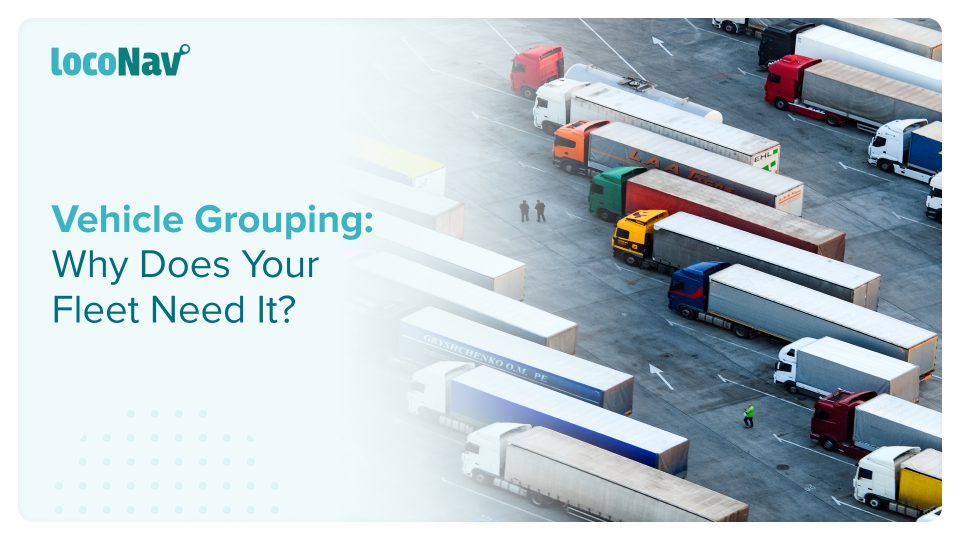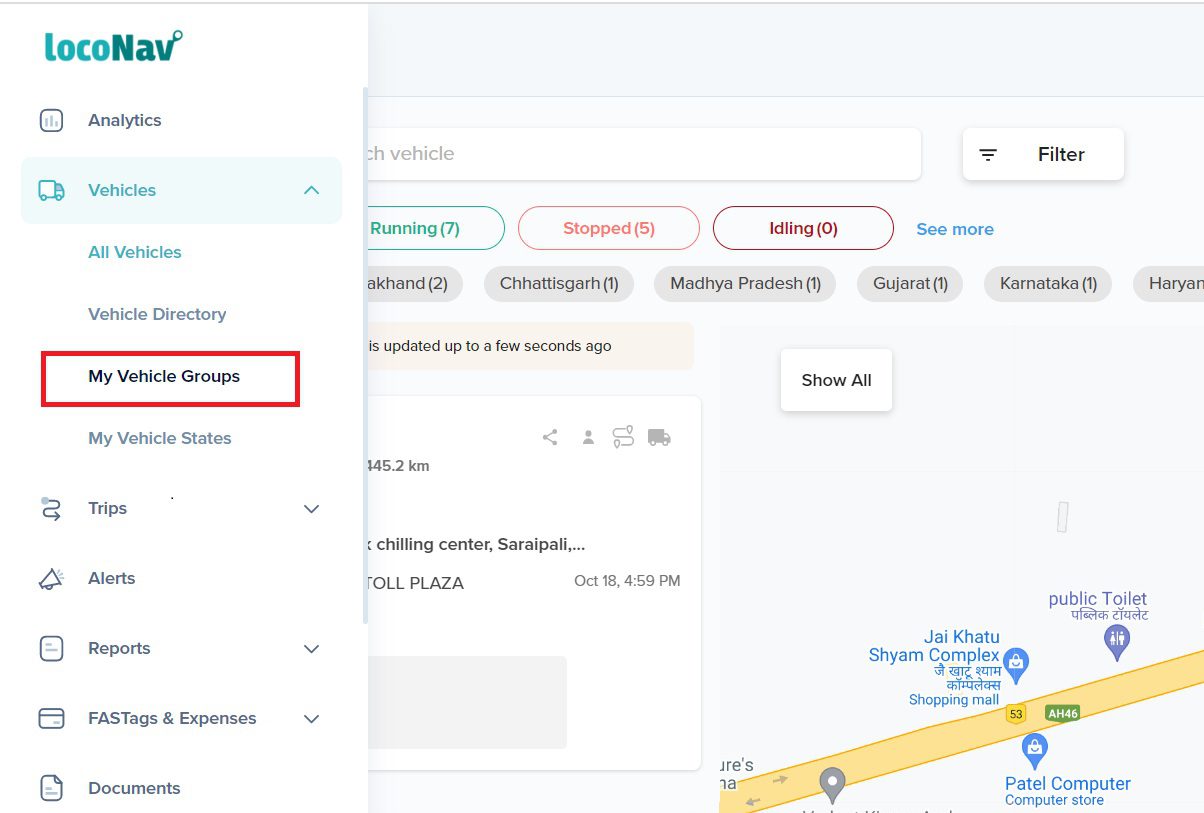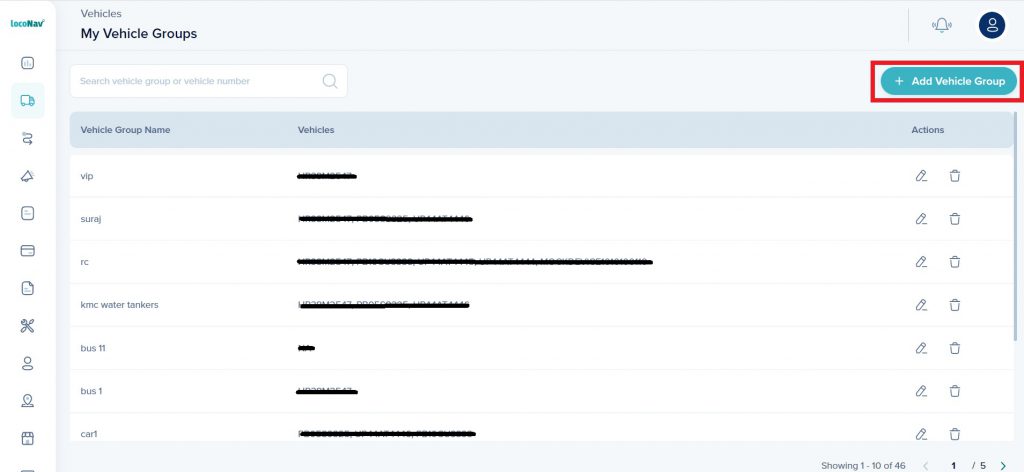

If you are in the fleet business, vehicle grouping is definitely useful for you. While the traditional commercial fleet was primarily trucks, the modern fleet has moved way past it. Today, a fleet may consist of bicycles, e-bikes, cars, vans, trucks, buses, trailers, and more. Since a fleet can have a combination of different vehicle types, managing them has to have different approaches as well.
Other than vehicle type, fleet vehicles may also be distinguished on the basis of their usage. For example, certain vehicles may be onboarded for short-distance transit, VIP usage, passenger transit, or delivery of cargo. So, how do you begin to manage such a varying fleet?
This is where vehicle grouping comes into play. In this blog, we will discuss what vehicle grouping is, why is it needed, how it can be done, and what its associated benefits are.
Manage your fleet efficiently with LocoNav’s Fleet Management Solutions!
What is Vehicle Grouping and Why is it Needed?
Vehicle Grouping is the practice of grouping vehicles based on their functionality as well as the discipline they are employed for. These groups in turn make it easier for the fleet manager to assign trips, conduct maintenance, and check for appropriate alerts.
Why is it important? Well, while you may have a large fleet at your disposal, picking the right vehicle, for the right job is what can make or break your operations. For example, if you are in the logistics business, you may own vehicles of different sizes. Considering the delivery stages (First-Mile Delivery, Middle-Mile Delivery, Last-Mile Delivery), you may need different vehicles for these different stages.
Let us consider another example. Heavy-duty commercial vehicles are not allowed to travel within city limits during the day. But your smaller vehicles would be permitted to make this trip during the day too. Having clear vehicle groups helps you understand their capabilities and limitations clearly.
How is Vehicle Grouping Done?
To carry out vehicle grouping, you can carry out the following steps:
- Identify the basis of grouping (vehicle type, weight, function, etc.)
- Assign vehicles to each group
LocoNav is an effective vehicle grouping platform that gives you the flexibility to create your own vehicle group labels, create as many groups as you would like, and add multiple vehicles to it. This can be done by:
- Open the LocoNav website.
- Click on the “Log In” option at the top right corner of the webpage.
- Fill in your User ID and Password and click on “Sign In”.
- On the navigation menu which can be found on the left side of the dashboard, click on the dropdown arrow next to the “Vehicles” option.

- From the options, click on “My Vehicle Groups”.

- Click on the “Add Vehicle Group” option in the top right corner.

- Fill in your group label (For example- Buses, VIP Vehicles, E-Bikes, etc.)
- Click on the dropdown menu and add the vehicles on the basis of the group label.
- Click on “Add Vehicle Group”.

How Can a Fleet Manager Benefit From Vehicle Groups?
Although it is a minor activity, vehicle grouping can have impacts that resonate throughout your fleet operations. Here are some major benefits that you can expect from vehicle grouping:
- Fleet Utilization
By vehicle grouping, you can get a clearer picture of the kind of resources you own and the tasks your fleet is capable of undertaking. When you have an upcoming trip, vehicle groups will help you match the right vehicle to the right job. This ensures that your resources are used to the best of their ability as well as limit assets that you do not need.
If you notice that a certain vehicle group is being utilized less, you can probably downsize it to limit your expenses.
- Maintenance Scheduling
It is needless to say that different vehicle types require maintenance in different ways. The vehicle groups that are being used more, will require more frequent maintenance than the ones that are used rarely. Also, heavy-duty vehicles, or assets that are high value and required for precise operations, will need a stricter maintenance schedule.
- Driver Selection
When you employ a solution like LocoNav’s Driver Scorecard, you get smarter insights about your drivers’ capabilities. If you notice that certain drivers are more suited to operate short-distance vehicles, you can assign them to that vehicle group. Similarly, a vehicle group with buses will need a different driver than a vehicle group with bikes.
Effective vehicle grouping allows you to match the right driver to the right job.
- Compliance
Heavy-duty vehicles are not allowed on certain roads. Similarly, some vehicles are not legally allowed to operate during the day within cities. Vehicle grouping, combined with LocoNav’s Live Alerts and Geofencing capabilities can ensure your fleet operations are watertight and compliant with all government-regulated traffic laws.
FAQ
How Many Vehicles Constitute One Group?
A vehicle group can contain any number of vehicles. It could be 1 or 100+ too.
Which Scale Of Business Should Group Vehicles?
Any business, regardless of scale, that has fleet vehicles of various types, or for varying functions should invest its time in vehicle grouping.